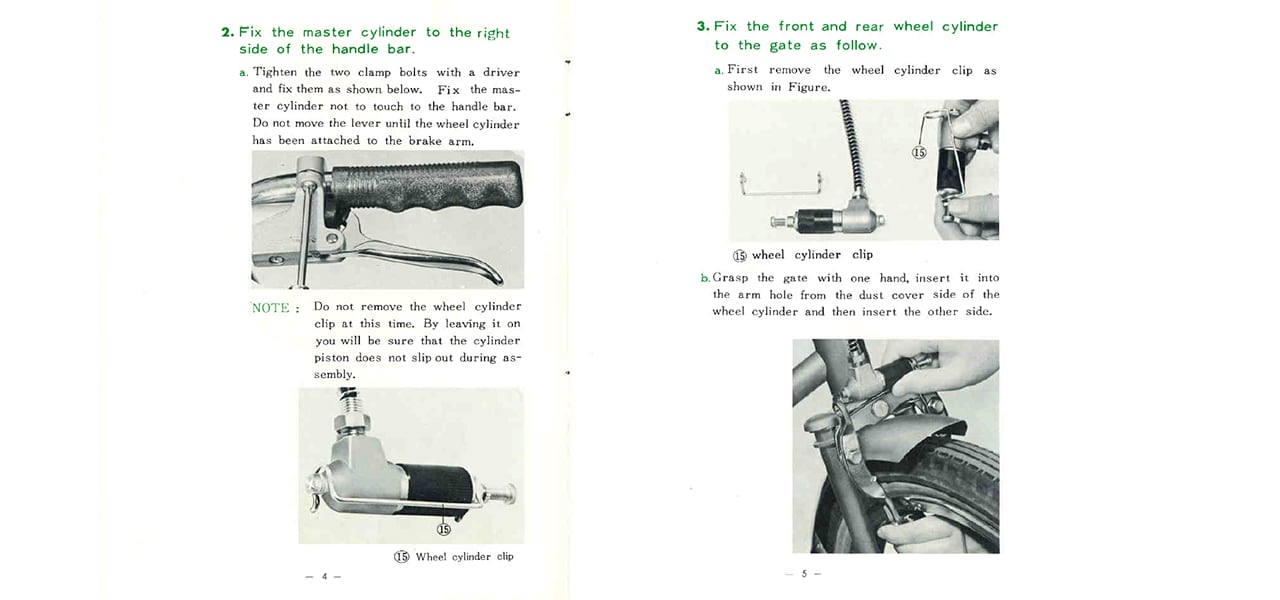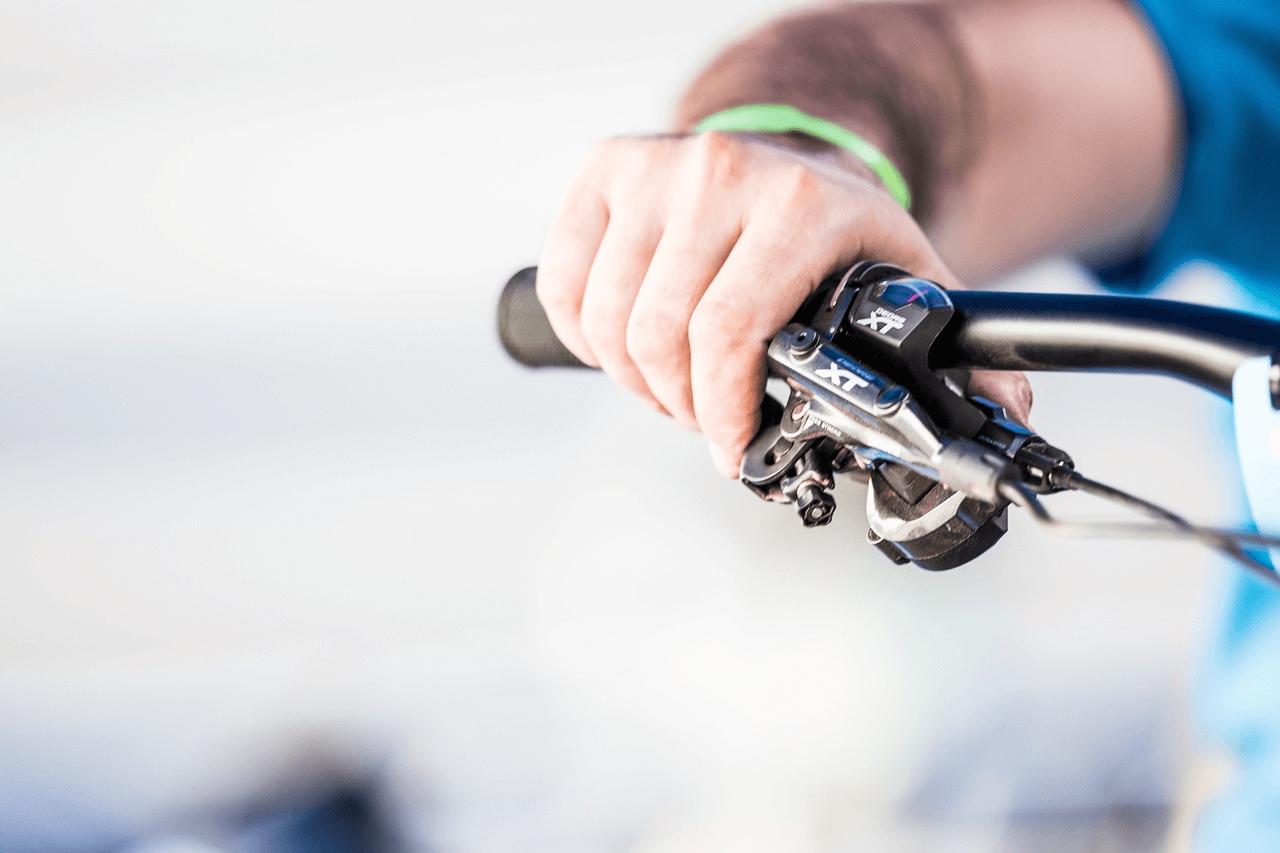Shimano
Shimano Mineral Oil 60mL
Shimano Mineral Oil 60mL
SKU:
Couldn't load pickup availability
Mineral Oil Brake Fluids
Broadly speaking, hydraulic disc brakes designed for bicycles will use either a mineral oil or an automotive DOT fluid. Genuine Shimano Mineral Oil is the only fluid compatible with Shimano brakes.
The hydraulic principles are the same, but have you ever wondered why some bicycle hydraulic brakes opt for one versus the other?
There's arguments to be made for the advantages of either type of fluid. Shimano has used both types, but our modern brakes use mineral oil.
Shimano has been making hydraulic brakes since the early 1960's and 70's, first seen in a rim brake application. At some point in the 70's the hydraulic brake system came with a caliper massive enough to probably stop a moped. The original service manual from the 70's can be viewed below, it's interesting to see how things have developed over the years.

Mineral Oil vs DOT Fluids
Although Shimano made DOT fluid brakes in the 1960's and '70's, our modern brakes use mineral oil. Mineral oil won't harm painted finishes, and is less damaging to your skin and the environment. Chemically speaking, DOT fluid absorbs humidity from the air, and this absorbed moisture lowers DOT fluid's boiling point over time. Shimano mineral oil starts at a higher dry boiling point than any DOT fluid specification. The boiling point of mineral oils won't change over time because they don't absorb moisutre.
Hydraulic Brake Fundamentals
In order to understand why it's crucial to use the manufacturer's specified fluid, we'll explain how a bicycle disc brake works.

When you pull the brake lever, you're moving a sealed piston inside the master cylinder. During the free stroke phase, the piston moves fluid through this port to the expansion reservoir.

Once the primary cup closes the port, the master piston pushes fluid down the hose, and the caliper pistons begin to move. The brake lever stops when the brake pads contact the rotor. Have you wondered how the pads retract from the rotor?

A square-edged rubber seal acts like a return spring. The square edged seal twists a little bit when the piston extends, and keeps tension on the piston. When you release the brake lever, the seal untwists and pulls the piston back to its starting position.The rubber components in the system fit in very tight tolerances. Incompatible fluids damage the rubber components, which no longer seal effectively. Using a third-party fluid will chemically compromise the rubber seals inside the system.

The correct fluid is your brake's lifeblood. No matter whose brake you own, use only the fluid authorized by that brand.

When it's time to service your brakes, it's also important to use brand-specific parts and bleed tools. Original hoses and hose fittings are just as crucial as the correct fluid.


